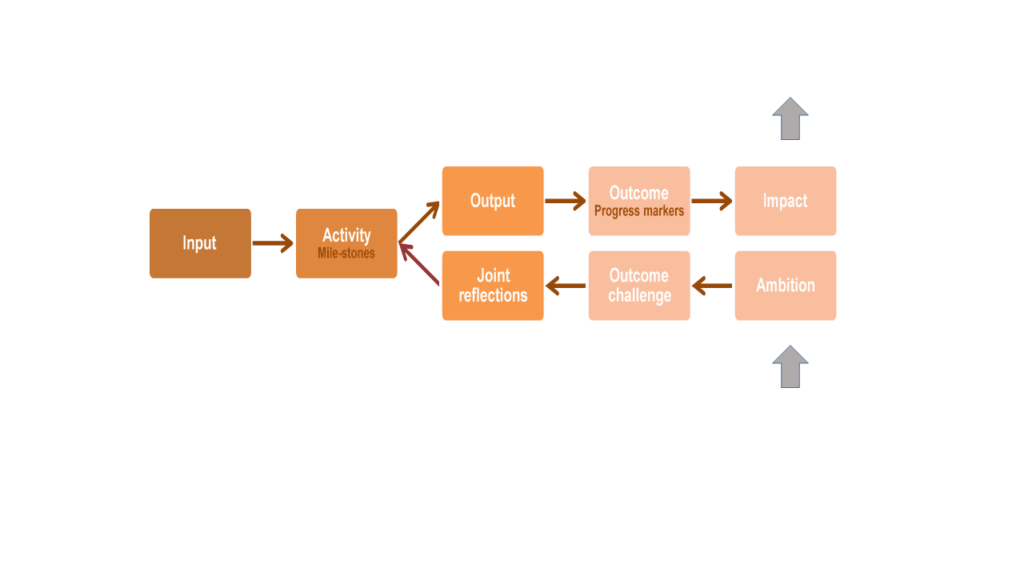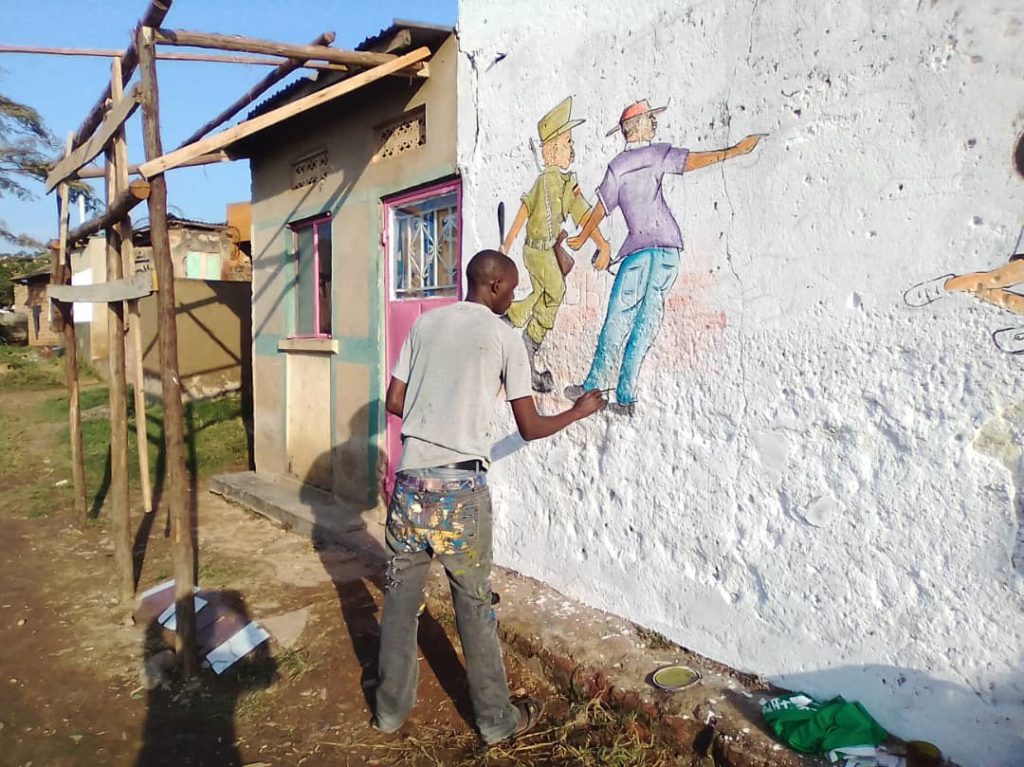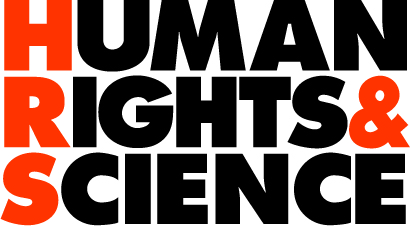Real-time Outcome Planning & Evaluation (ROPE)
About ROPE
The Real-time Outcome Planning & Evaluation (ROPE) is a unique management strategy developed by HR&S. ROPE is based on informed decisions taken as a result of lessons learned compiled from 15 years of operation in Sub-Sahara African countries (SSA) and close equal partnership collaboration with SSA stakeholders. ROPE empowers local stakeholders to implement their ideas by effectively and efficiently addressing their challenges through equal partnership with international stakeholders.
The ROPE compiles and addresses the necessary conditions required to bring about a given impact, including truth, trust, state-of-the-art knowledge, sustainable economy, institutional capacity, transparency, accountability, cross-cultural understanding, evaluation planning, learning lessons and testing the strength of evidence for social impact.
A new ROPE programme starts with setting goals (Ambitions) and developing indicators (Progress markers) to measure results. Then we develop an implementation plan, we secure finances, staff, and infrastructure, and ensure knowledge sharing, the accounting procedures and the cross-cultural understanding. Thereafter we make an activity plan and assign people and institutions; who will do what, how and when. Now we implement, while in parallel we measure the results and analyse. Thereafter we revise the programme plan according to lessons learned and continue until we reach the goal we set up in the beginning.
HR&S offers training and coaching on the ROPE strategy. Besides programme design, implementation and evaluation coaching, HR&S contributes with; expert advice, international state-of-the-art knowledge, accountability management, cross-cultural training, and business start-up loans.

The ROPE management strategy offers an opportunity to reflect over whether an expected impact is likely to happen as a result of a programme. The tool provides a comprehensive description and illustration of how and why a desired change is expected to happen in a particular context.
Partners & Stakeholders
It is agreed by many that a transition from aid donation dependency to private sector sustainable economies is necessary. For the creation of effective capital markets, future development opportunities involve finance institutions, institutional investors, and entrepreneurs in partnership with states. Such transition is a major change and involves a number of challenges, and we must thus be prepared to experiment regarding business collaboration, and to innovate while working together
transparently.
HR&S offers transition initiatives to benefit from the Real-time Outcome Planning & Evaluation (ROPE) management strategy. ROPE is a unique management strategy developed by HR&S in order to manage a transition for aid dependency to international equal partnership development programmes with evidence based sustainable impact.
HR&S identifies five categories of partners:
- The implementers in lower income countries; the Target Partner (TP).
- The financial investors.
- The international coordinating partners.
- The national coordinating partners.
- The end-users.
The four categories mentioned first are here defined as the Programme Management Partners (PMP).
The development plan must acknowledge and respect:
i) what are the four programme management partners willing to contribute with,
ii) what do they expect in return and the accepted time until return, and
iii) what are the risks and how much risk are the programme management partners willing to take.
The end-users, the clients, are those persons, communities or institutions that we aim to serve, those who are benefitting from our services and products and who are willing to pay for what we offer. We involve the end-users in our equation through market surveys and customer care.
ROPE
Design
The Idea
The programme idea shall take into account what has already been implemented in relation to the idea, and by whom? What can be strengthened and how? Who are potential Strategic partners?
There shall also be a justification for taking an initiative in the specific context chosen. Do we have the institutional capacity? Do we see an opportunity for a sustainable economy? What would be the honest motivation for the Programme management partners to take this initiative on?
We present the context and challenge addressed. An HR&S programme idea is often a narrative of the replies to the questions: i) “What do you want to do?”, ii) “How do you want to do it?”, iii) Why did you not do it already?” iv) “Which are the country and local authority regulations?”, v) “Which are the surrounding policies?”, vi) “How do you plan to reach a sustainable economy / what is the business idea?”.
Ambitions
Ambitions explains what the Target Partner (TP) has identified as the solution to a pressing situation. What the TPs want to do and achieve right now in their profession, the goals of the Target Partners.
The Ambition is the answer to the question “What do you want to do, right now?”.
Also other Programme Management Partners (PMP) may have relevant and crucial ambitions, that may or may not be relevant to the Target partner. Key here is that it is the Target Partner who designs, implements and is responsible for the sustainable impact. Other PMPs ambitions cannot over-rule the TPs ambitions.
Outcome challenges
Here we discuss the challenges that the Target partners face. This is a compilation of the reasons for why the Target Partners did not implement their ambitions already.
The Outcome Challenges are the answer to the question “Why did you not do it already?”.
Activities
The Activities presents what needs to be dome to address and solve the challenges. What are the actual activities and steps are to achieve her ambitions?
The Activities are answer to the question “How do we solve the challenges in order to enable your ambitions?.
Strategy for Change
A ROPE Strategy for Change is implemented, details are presented elsewhere.
Sustainable Impact – Institutional capacity.
New procedures, Standard Operational Procedures (SOP)
The institutional capacity concerns the capacity of the partner institutions to manage the programme; governance, management and operations; transparency and accountability in ethics and governance, as well as cross-cultural understanding.
New procedures are created, presented in writing, implemented, and maintained.
SOPs can be, but are not limited to:
- How to arrange for visits abroad.
- Time management templates.
- How to enable literature reviews.
Sustainable Impact – Sustainable economy
Our model ensures financial sustainability by enabling social enterprising for social good. Our activities may need financial input, but shall not depend on external funding to be maintained. The Target Partners develop a business idea (a text) and a business plan (with numbers).
Start up investment capital can come from donations or the development aid sector, but must be combined with a business plan for sustainable economy.
Progress markers & Sources of Evidence
During the Strategy for Change we identify one or more Progress marker for each ambition/outcome. Progress markers are measurable indicators of progress or non-progress. We compile the baseline, thus the situation prior to implementing our programme. Thereafter we identify sources of evidence for each progress marker, outcome and for the expected sustainable impact, depending on what makes sense in the exact situation. Then we identify the statistical method chosen to measure progress together with the objects for collecting evidence and controls.

Outcome challenges full story & Expected impact
All outcome challenges can be compiled together into a full story. The full story is developed in order to present the situation from a positive point of view. This full story shall be translated into vision, mission and expected impact.
Expected Output and Outcome plan
All Outputs and Outcome identified can be are compiled in a framework in order to generate an overview.
Stakeholder analysis
Stakeholders are organisations, groups, departments, structures, networks or individuals, which have something to gain or lose through the outcomes of a planning process or project. Stakeholder analysis is the process of assessing a decision’s impact on relevant parties and identify support team members and potential clients.
Activity plan & Input required
It is now time to develop a concrete activity plan which defines who is going to do what, when and how; the mile-stones. The activity plan will identify the needs for input including; staff, skills, training, work hours, network, and funds. It shall be noted that the required input cannot be any other resource than that what we have access to or what we can generate, otherwise we allow the required input to block the whole process. Start-up funding is often enabled through self-payment or bootstrapping; low costs, own investment, start to sell something even if it is at a small scale, generate a side income, offer consultancy, seek crowd-funding, seek grants with overlapping aims. It shall further be noted that HR&S does not accept Aid dependency.
Strategy for Change
The last step in the ROPE Design can be to develop a Full Strategy for Change (SfC). A Strategy for Change is essentially a comprehensive description and illustration of how and why a desired change is expected to happen in a particular context. It offers an opportunity to reflect on whether the expected impact is actually likely to happen as a result of the programme. Thus the SfC aims at defining all of the necessary and also sufficient conditions required to bring about the impact and presents the connections between impact, outcome, output, activity and input.
Expected Outcomes
All expected outcomes can be compiled in an Outcome Framework. The Outcome Framework will constitute the basis for testing the strengths of evidence.
Quality values
This section concerns quality values principles including truth, trust, harmony, equity, resilience, and equal partnership. During the foundation stage of a new partnership as well as during evaluation planning meetings, the partners review their views the expectations on the other partner. Mutual input, mutual management responsibilities, and mutual benefits are discussed and agreed on. A separate tool is available to support the process; TRUST Principles.
Ambitions are compiled together with Outputs, Outcomes, and Outcome challenge.
Knowledge sharing
Here we compile and share the international and national state of the art knowledge related to the topic within our programmes.
Ambitions are compiled together with Outputs, Outcomes, and Outcome challenge.
Implementation
Establishing Target partner Committees
For SCALE – RISE & Country Branch members
The Target Partners may want to establish a committee with:
i) representatives from all Target Partners who will be in charge of the implementation of their professional ambitions and
ii) the Programme Management Partners.
Structuring Programme management partner Operations
The Programme management partners facilitates for the Target partner programme to implement the programme. The ROPE proposes that the Programme management partner operations team is composed of a management team and five workgroups or departments; Evaluation planning (EP), Quality values (QV), Knowledge sharing (KS), Sustainable economy (SE), and Institutional capacity (IC), with well identified assignments.
Implement the Activity plan
The implementation of the activity plan includes for example; Evaluation planning workshops; Seeking Start-up funding, and collecting evidence.

Collect evidence
Expected outcome and impact – Compile evidence for each expected outcome and each expected impact. Unexpected outcome and impact: Identify and compile unexpected outcome. It can be positive and it can be negative – Unexpected output and outcome challenges- Identify and compile unexpected challenges.
Testing the strength of Evidence for Impact
The evaluations are made real-time and the purpose is learning lessons.
We assess if the programmes are needs driven, quality values, knowledge sharing, sustainable economy, institutional capacity.
We assess the Strategy for Change, our modes of operation and if we have achieved expected outcomes and expected impact.
We compile evidence for each expected outcome and each expected impact and then test the strength of the evidence. ROPE testing the strength of evidence include, but is not limited to; Scoring progress markers, Evidence assessment including attribution, quantitative and qualitative analysis, contribution tracing, stakeholder analysis, and publication bias.
Quantitative & Qualitative evidence
The testing the strength of evidence section builds on quantitative measurements of indicators that we set while designing our programmes (progress markers), and that responds to outcome challenges defined by our local partners (target partners). The evidence also builds on qualitative measurements based on process tracing and contribution tracing. We work with randomized micro surveys, macro surveys and stories (interviews, testimonies etc).

Testing the strength of evidence
The strongest cases use multiple forms of evidence, some addressing the weaknesses of others.
It is of no importance to the evaluation whether an outcome or impact was achieved or not. This is a plain testing of evidence with no bias. Lessons learned on lack of outcome is as important, and many times more important, than lessons learned when an expected outcome was achieved.
Evaluation planning & Conclusions
The lessons learned are compiled and constitutes the platform for the evaluation planning. The programme strategy is adjusted in relation to the lessons learned.
When reaching impact the programme can be concluded and the previous partners become Strategic partners. A new collaboration may be initiated later.
We also take it as an important responsibility to share our lessons learned. Our targeted audience is; partners, potential partners, public sector, investors, and potential investors.

